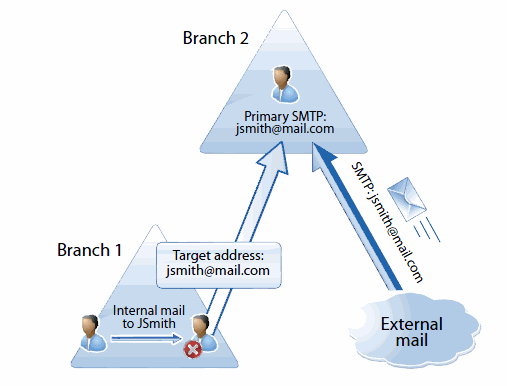O Portal da Quest Software não é mais compatível com IE8, 9 e 10. Recomendamos a atualização do navegador para a versão mais recente do Internet Explorer ou do Chrome.
Atualizar para o IE 11 Clique aqui
Atualizar para o Chrome Clique aqui
Se você continuar usando o IE8, 9 ou 10, não poderá aproveitar ao máximo todos os nossos excelentes recursos de autoatendimento.

